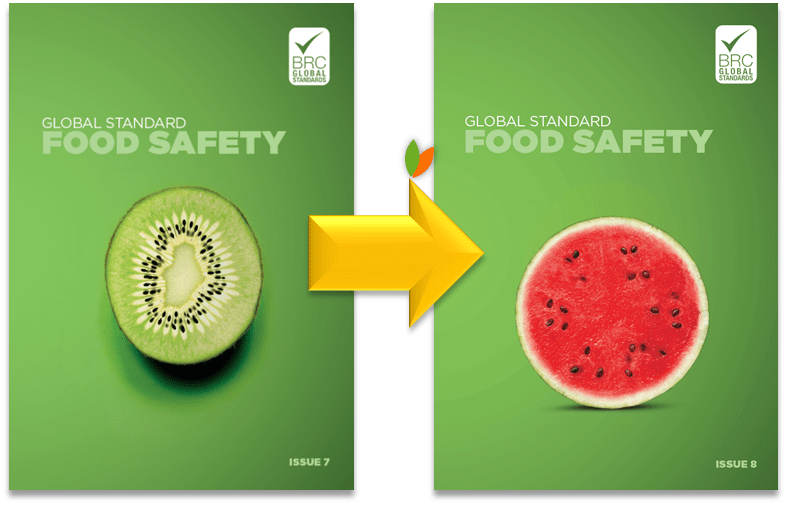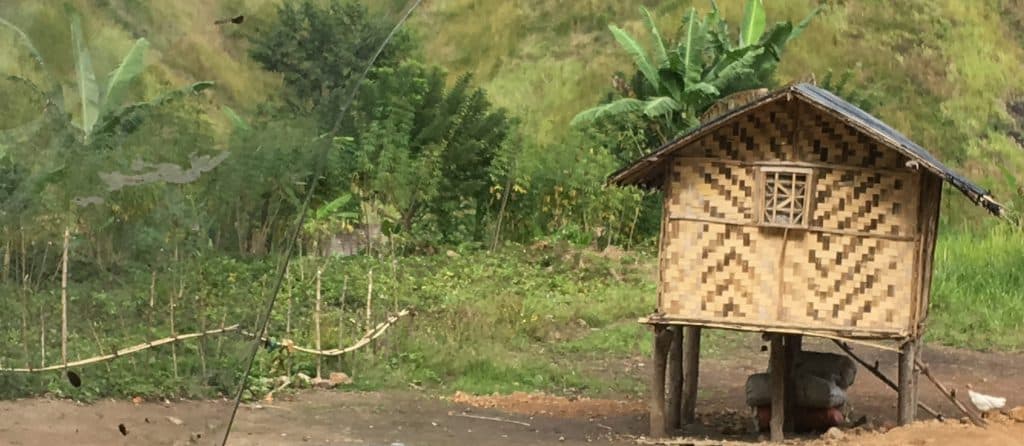
ICS has recently spent an extended period of time consulting in remote parts of PNG. A country with a population of approximately 7.7 million, including the PNG mainland as well as its 600 islands. There are 800 known languages in PNG, some locals still living in traditional huts like the image above. What an interesting and challenging part of the world!
The HACCP support involved a lot of travel by plane and bouncing in LandCruisers on boggy tracks in the highlands of PNG to visit a gold mine, kitchens in camps on offshore islands, warehouses, a coffee factory, kitchens in managed camps and a vegetable depot collecting product directly from (mostly female) growers.
The requirements of this work has made us reflect on the “first principles HACCP” and not just follow compliance checklists. Our learnings? Don’t assume anything, challenge perceptions, follow people around to see what they are really up to, check backs of utes for chemicals ask the cleaning staff what they know and see, look right up the back of shipping containers to see what is hiding there and listen to kitchen staff. Furthermore, check the books/databases for what the science tells you.
Join our ICS training courses to learn how you too can challenge your food safety plans and controls.
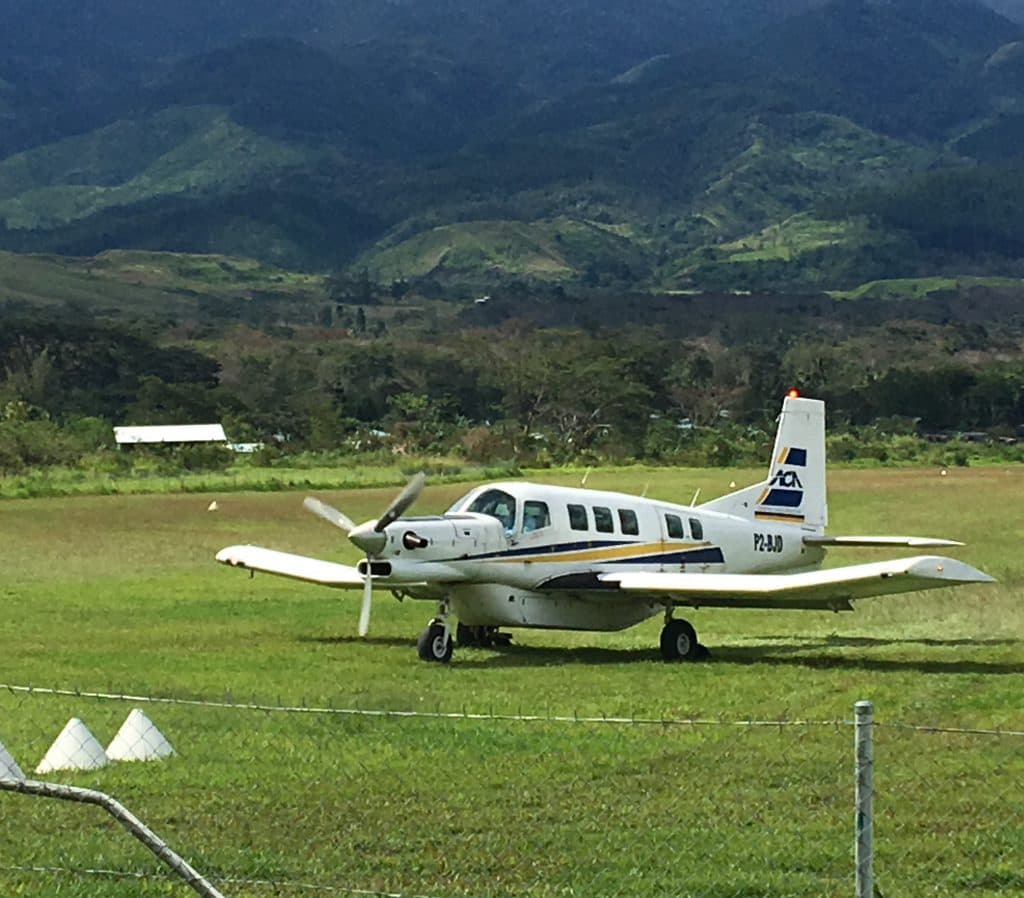
Site Transport 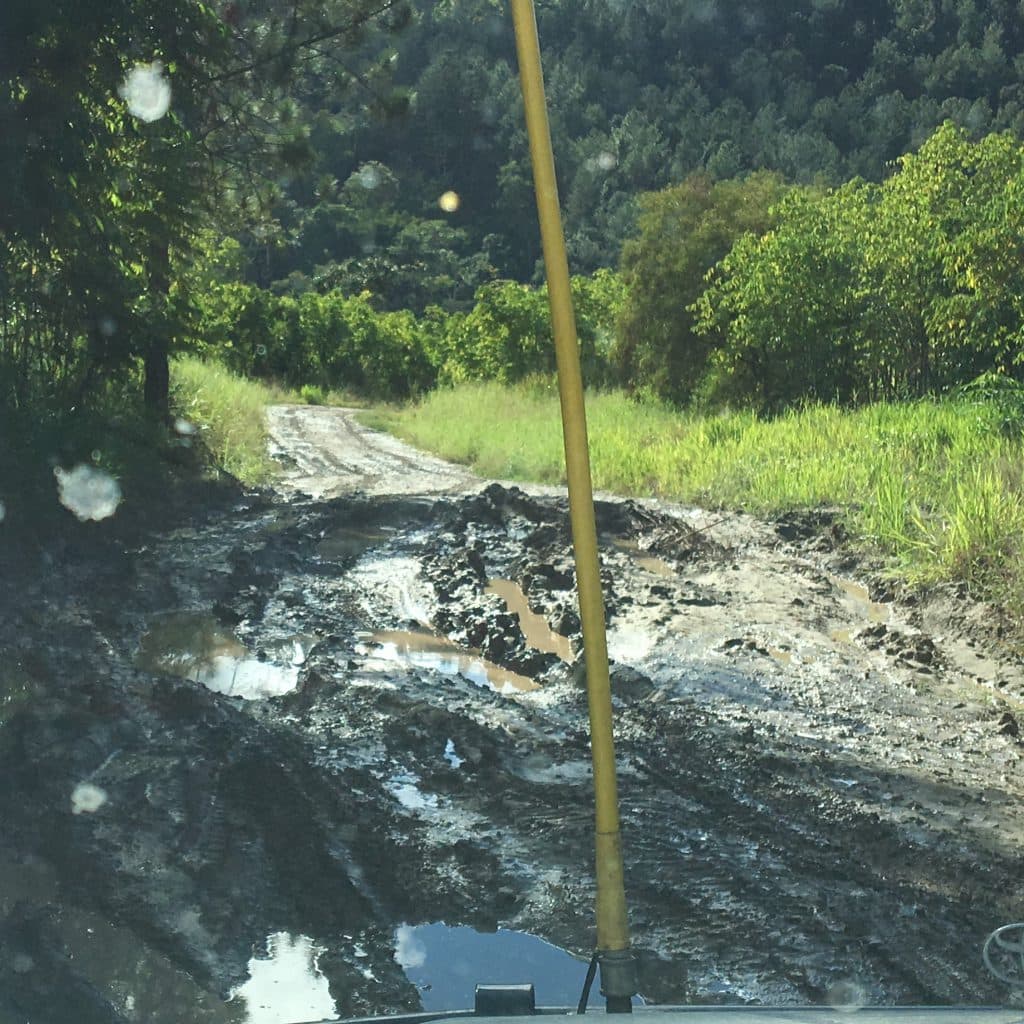
PNG Roads 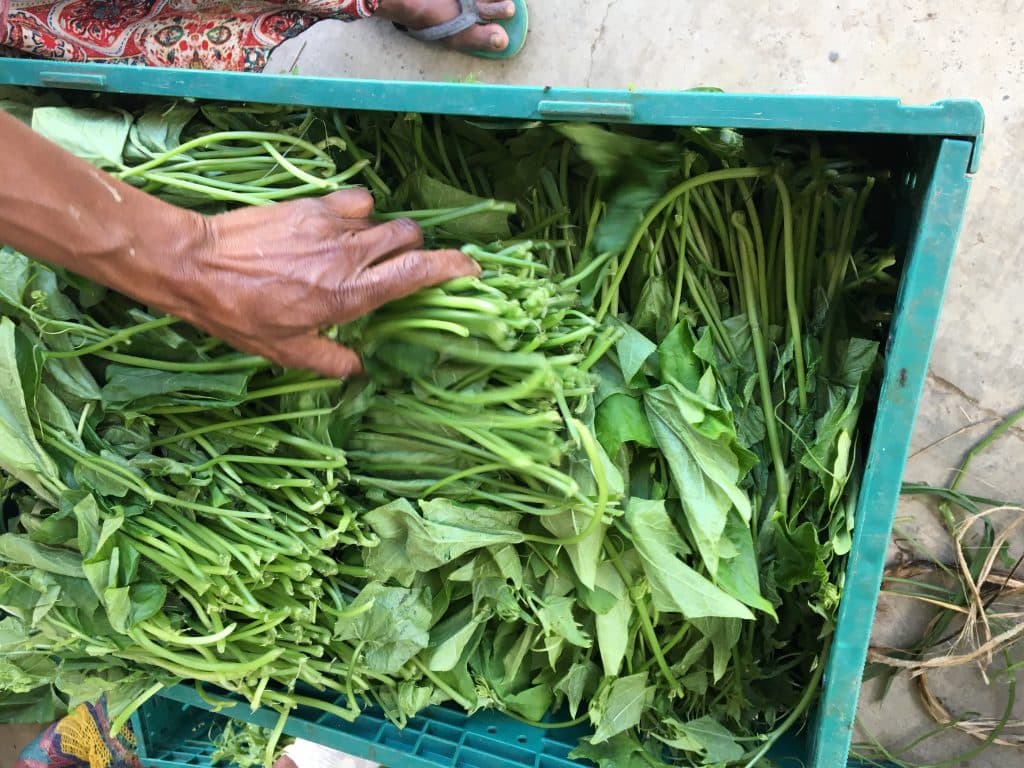
Vegetable Depot
Is PNG dangerous?
Some people have questioned whether the country is safe to work in, especially as a female. Our client provided excellent site and travel security, secure managed camp accommodation and direct charter flights. We ensured we read and strictly follow the company rules. It was exhausting but very rewarding work that made us think laterally about practical solutions in tough work conditions. We would definitely visit again.
Non work highlights:

Amazing sun rises in the cold clouds of the highlands
Visiting multiple local markets and staying in a 1930’s “Hill Station”- similar to what the British built in places like Darjeeling (India) but built by Australian gold miners, with stunning sprawling tropical gardens and amazing carvings – no doubt collected in the 1920’s from the Sepik region. As it turned out, Clare’s father used to organise weekend “tours” to the same town in the 1960’s, to also buy vegetables i.e. fill a DC3 with fresh produce!


